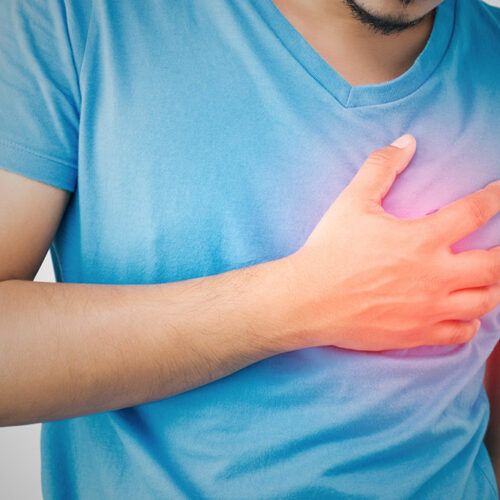These foods can increase the risk of Alzheimer’s

Alzheimer’s is a progressive neurological disorder that can cause dementia. The condition can deteriorate one’s ability to think and affect their ability to execute daily tasks independently. Multiple risk factors can trigger Alzheimer’s, including a person’s age, genetics, and sex. Furthermore, one study indicates that the food we eat plays a significant role in developing the disease. Therefore, in this article, we will talk about the research on the link between foods and Alzheimer’s disease. The study The study was based on multiple parameters, such as the following: It was conducted with over 200 people. An average of 78 people of the 200 were living with dementia. The group was compared with another group of 118 individuals of the same age. The latter had no symptoms of the disorder. Patients were given a medical checkup every two to three years. The study group was asked to complete food questionnaires that recorded the foods they ate. The questionnaire further recorded their food consumption frequency for the past five years. The findings of the study There were two significant findings resulting from this study that showed why foods harmed those at risk of the disease. The findings were as follows: Midlife changes in eating habits The questionnaire pointed out that people who indulged in new food choices in their midlife were more susceptible to brain disease.






